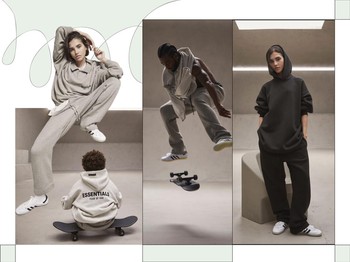Liz Truss who served as Prime Minister of the United Kingdom and Leader of the Conservative Party from September to October 2022 have always been in the spotlight for how she dresses. She has been recognized by her modern, elegant and empowering style throughout her career. It is believed by the media that Truss has adopted power dressing for her daily look, or at least when she's at work.
According to Forbes, power dressing itself holds the meaning of confidence that allows you to express the position you have through the clothes you wear. This manner of dressing is related to the business and politics environment of the 1970s and 1980s. Even though the term "power dressing" is no longer commonly used, the style is still popular among women in order to look professional in certain circumstances.
The concept of power dressing was first introduced and spread in the United States during the second half of the 1970s, by John T. Molloy's manuals Dress for Success (1975) and Women: Dress for Success in (1977). The concept addressed a new kind of female workers to enter a professional environment led by masculine energy which would help them acquire authority, respect and power at work.
The idea of power dressing was largely taken and personalized by French couturiers in their own unique way. Mademoiselle Coco Chanel who designed a female suit with a wool-cardigan paired with a matching wool-skirt brought a revolution to empower women to be their own boss. Yves Saint Laurent also created the female tuxedo named "Le Smoking" which made headlines, and then there were Armani's suits which could be seen all over Milan during the 70s global economic boom.
Power dressing as we know it today has always looked to its history, when it first spread all over the world. Power dressing initially consisted of conservative styles, including tailored suits, jackets with padded shoulders, roll-neck sweaters and knee-length skirts. The whole look of power dressing is divided in two parts with the upper part covered by a jacket to de-emphasize breasts and skirt to cover the bottom as a reminder of femininity. But somehow, power dressing often goes with a trouser-suit in matching tones. The outfits are usually matched with feminine accessories such as silk scarves and pieces of jewelry like brooches.
As power dressing has dramatically transformed through time, the trend somehow rolls back to the 80s where shoulder-padded suits are making a comeback alongside slouchy or boxy fits. As for the colors, the choices are vast in which it depends on the wearer's taste whether they want to keep it simple with neutral shades or bright and pastel colors to make it seem even more fun without neglecting the essence of empowerment itself.
(DIP/alm)





























